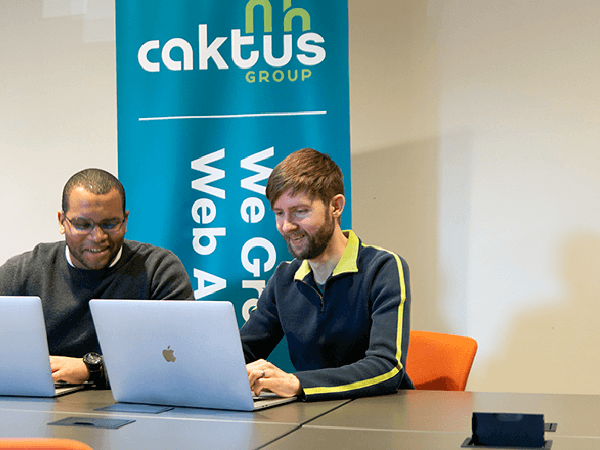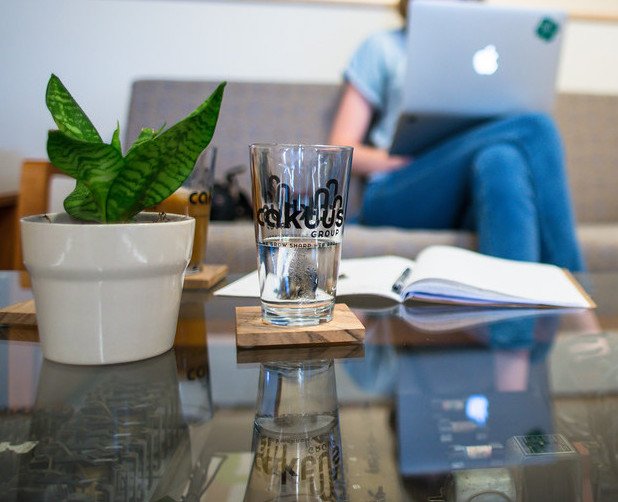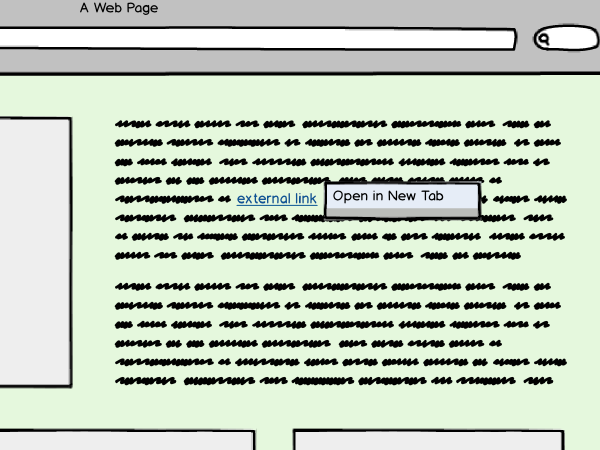Front-End
2021

JavaScript Variable Declaration in the 21st Century
October 2020 marked the 14th anniversary of the introduction of “let” and "const" to Javascript. Yes, it was in 2006 that this feature was first introduced, and we’re still having conversations about it. So why, you ask, are we still talking about this? It seems that a lot of confusion remains, not to mention a lot of old code being passed around on StackOverflow with “var” all over the place. Here I’ll discuss the difference between these three declarations, and come to a conclusion about best practices
2020

Vue or React: How to Choose?
Across industries and sectors, we have become accustomed to seeing great rivalries that drive further innovation and competition. In the early days of car manufacturing, we had Ford and Chevy. In the early days of beverage and bottling, we had Coca-Cola and Pepsi. And today in front-end software development, we have Vue and React. As a framework and a library, respectively, both single page applications (SPAs) are tackling Document Object Model (DOM) Manipulation in markedly improved ways from their predecessor JQuery; with the added benefit of offering state management and code-splitting up front. However, as Django developers, we often struggle to decide between these two titans when choosing a front-end for our Django REST Framework (DRF) APIs. In writing this blog post, we hope to alert you to some of the key distinctions between Vue and React, as well as some of their similarities, before you move forward with either for your team.
2019

Single Page Application + REST as an Abstraction: The Benefits of Decoupling Your Front & Back Ends
Monolithic, consolidated applications are not bad. These are your Rails apps, your Django apps, etc. — the ones where your server sends back HTML and assets. You’ve faithfully followed the Model-View-Controller (MVC) pattern as best you can and your concerns are “separated.” This design principle is not passé. It just so happens that for a long time, it was your only option.
2018

Caktus Blog Best of 2017
With 2017 now over, we highlight the top 17 posts published or updated on the Caktus blog this year. Have you read them all?
2017

Supercharging your CSS with Stylus and PostCSS
Here at Caktus the front-end team stays on the bleeding edge by taking advantage of the latest and greatest tools. We only incorporate features into our packaging that are well-supported and production-ready, as well as those that meet our list of standard browser requirements. Luckily, there are plenty of tools that allow us to use experimental technologies with appropriate fallbacks for non-supported browsers.

CSS Tip: Fixed Headers and Section Anchors
Fixed headers are a common design pattern that keeps navigation essentials in easy reach as users meander down a page. Keeping a header fixed as the user scrolls can free up horizontal space for smaller devices by avoiding sidebars, and keeps your branding visible.

False Peaks and Temporary Code
In the day-to-day work of building new software and maintaining old software, we can easily lose sight of the bigger picture. I think we can find perspective when we step back and walk through the evolution of a single piece of software.

ShipIt Day Recap Q3 2017
Caktus recently held the Q3 2017 ShipIt Day. Each quarter, employees take a step back from business as usual and take advantage of time to work on personal projects or otherwise develop skills. This quarter, we enjoyed fresh crêpes while working on a variety of projects, from coloring books to Alexa skills.

ShipIt Day Recap Q2 2017
Once per quarter, Caktus employees have the opportunity to take a day away from client work to focus on learning or refreshing skills, testing out ideas, or working on open source contributions. The Q2 2017 ShipIt Day work included building apps, updating open source projects, trying out new tools, and more. Keep reading for the details.

Opening External Links: Same Tab or New?
The Debate
My teammates and I recently engaged in a spirited debate over whether outbound links (links to external websites) should open in the same or in a new tab. “Same tab” was a default behavior for a set of external links on a project we were working on. A suggestion had been made, however, that the behavior be changed.